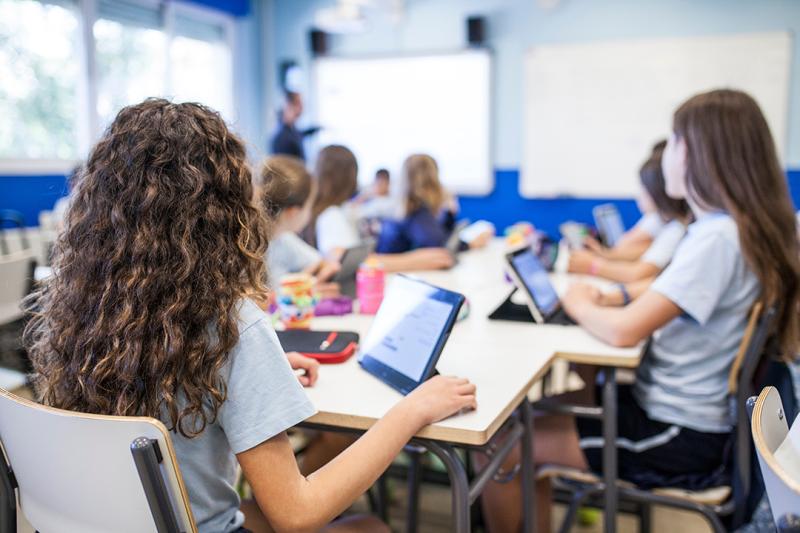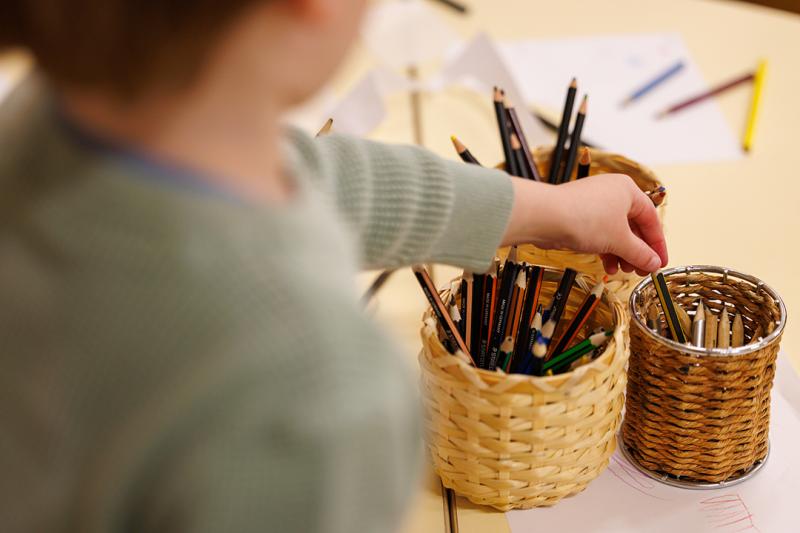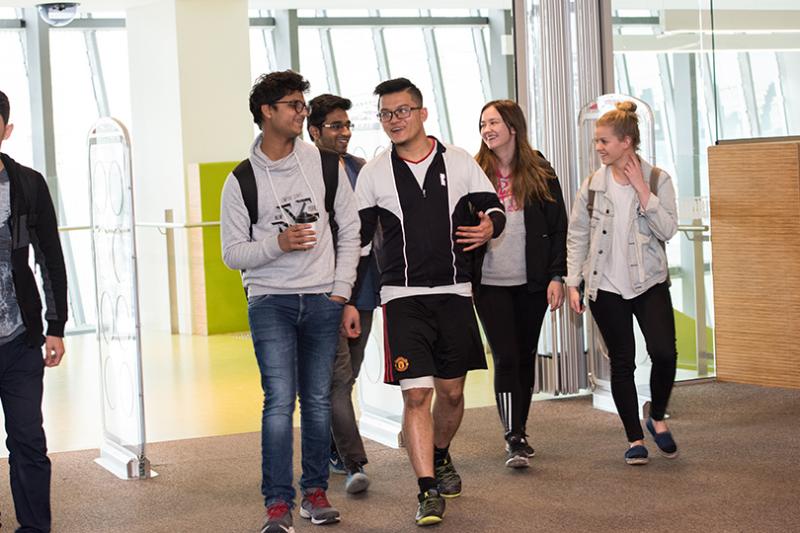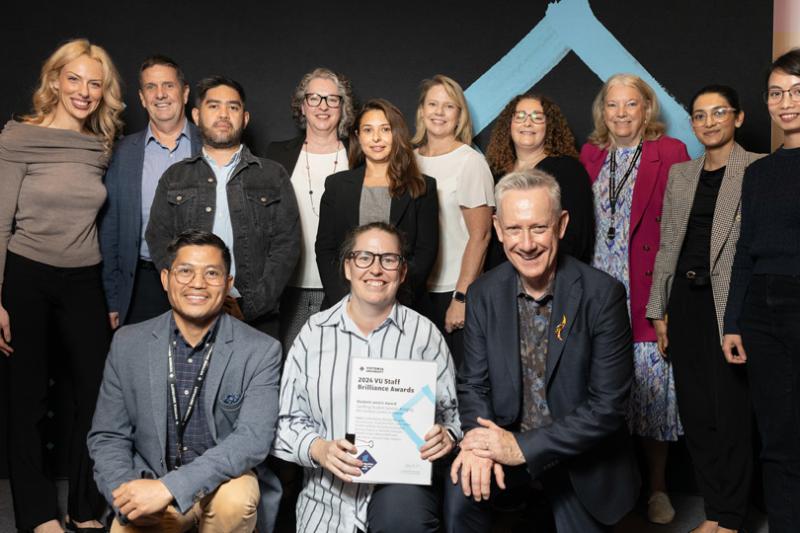Ground coffee cups destined for circular economy
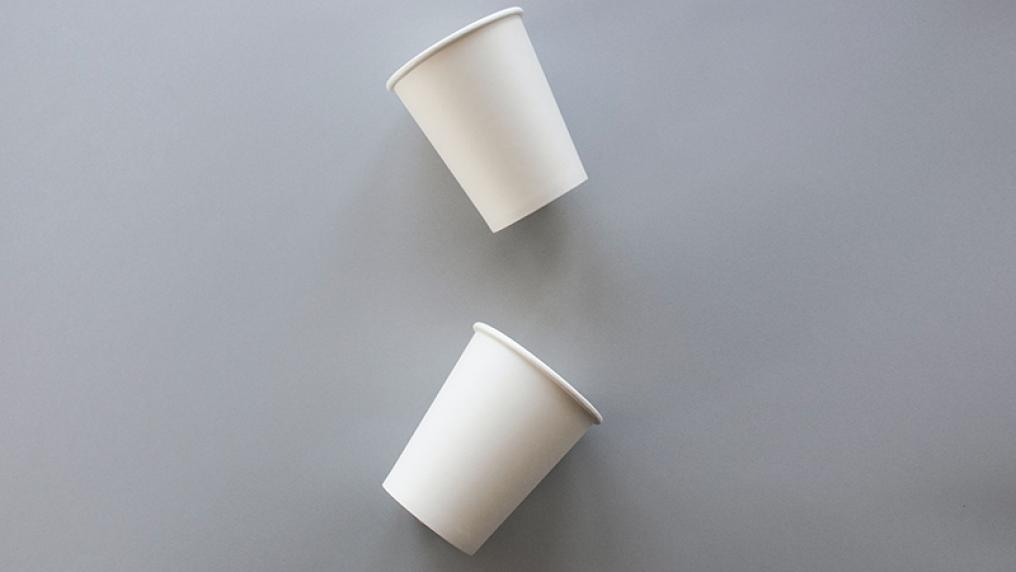
Powder made from recycled takeaway coffee cups and other plastic waste may soon become a standard ingredient in some composite building materials.
Experimental research by Victoria University’s (VU) College of Engineering and Science has identified potential commercial uses for eco-bricks and panels containing significant quantities of processed plastic waste.
Pilot study yields promising results
The research team completed a comprehensive pilot study in 2020, in collaboration with Wyndham City Council. The partners tested a range of new materials developed by replacing the fine aggregate usually used in the composite mix with polyethylene (PE) powder made from used plastic coffee cups.
The experiments investigated whether this new type of composite material satisfies feasibility, environmental and fundamental performance requirements, in accordance with building codes and Australian Standards. The researchers measured the compressive strength, and the thermal and fire-hazard properties of bricks and panels containing PE powder. The powder was used to replace up to 10% of the fine aggregate normally used in the composite mix.
The tests found there was a drop in compressive strength, however the material could still be suitable for low-stress applications such as concrete footpaths and Besser blocks. Importantly, the composite material’s insulation properties improved, meaning it could potentially be beneficial for producing lightweight insulating panels.
Supporting waste recovery targets
Associate Professor Zora Vrcelj, who led the research team, said that increasing the use of plastic waste in new building materials will contribute to achieving Australia’s target of recovering 80% of our waste by 2030.
In 2018–19, Australia generated 2.5 megatonnes of plastic waste. Only 15% of this waste was recycled – the lowest recovery rate of all waste categories. This waste includes used takeaway coffee cups (Australians drink around 2.7 million takeaway coffees every day). Almost all of the remaining plastic waste ends up in landfills.
The building sector currently uses extracted natural resources, such as sand, clay and crushed stone, to produce fine aggregate for composite mixes.
“Translating our research findings into commercially viable applications has the potential to reduce the volume of plastic waste going to landfill, while also lessening the building sector’s reliance on extracted natural resources,” said Associate Professor Vrcelj.
“Using locally and excessively available waste materials as a raw component for producing building materials also reduces lifecycle environmental impacts and promotes sustainable local industries.”
Funding is being sought for the project’s next phase, which will focus on large-scale testing ahead of commercialising the new eco-products.
Committed to planetary health & the UN SDGs
VU invested in this research as part of our whole of university commitment to being a champion of planetary health. This commitment guides our contribution to advancing the UN Sustainable Development Goals. In 2020, the University allocated $1 million to 25 place-based research projects that contribute to planetary health.
This project address the following goals and their targets: 9 Industry, Innovation & Infrastructure | 11 Sustainable Cities & Communities | 12 Responsible Consumption & Production
"Translating our research findings into commercially viable applications has the potential to reduce the volume of plastic waste going to landfill, while also lessening the building sector’s reliance on extracted natural resources."
– Associate Professor Zora Vrcelj
Research team
- Associate Professor Zora Vrcelj
- Dr Yanni Bouras
- Dr Malindu Sandanayake
- Dr Rudi van Staden
- Associate Professor Paul Joseph
Collaborator: Wyndham City Council
